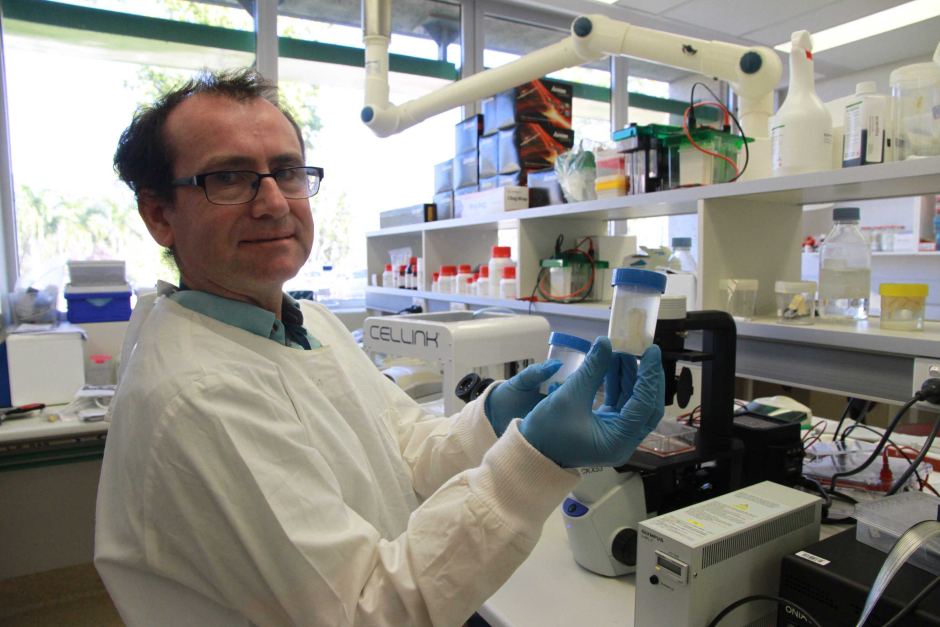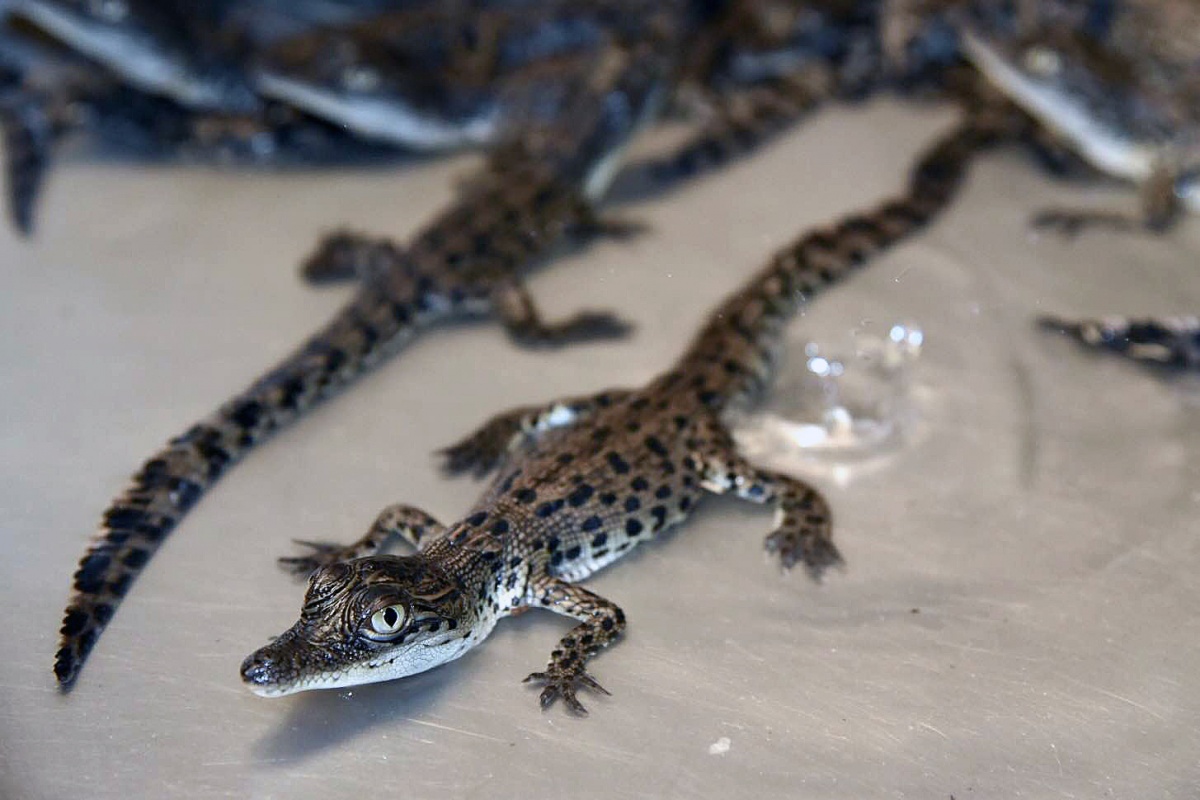Microbiologists at Central Queensland University (CQUniversity), Australia, are working to use crocodile protein with healing powers and 3D bioprinting to repair joint damage.
A traumatic injury to a joint can leave a crack or a hole between a joining bone. The cartilage has difficulties healing as there is no blood supply to the bone. According to Dr. Padraig Strappe, Microbiologist at CQUniversity and leader of this research, “You are left with a hole that needs to be filled in.”
A 3D bioprint of crocodile cartilage also known as a “soup” can be inserted into the gap to fill the hole. The crocodile’s cartilage is rich in proteoglycans, a protein which promotes tissue growth, Dr Strappe explained.

Possible alternative to joint surgery
Nearly 54 million people suffer from arthritis in the U.S. alone. In England and Wales, approximately 160,000 hip and knee replacement surgeries are performed every year.
The 3D bioprinting explant technique, transferring a cell or a piece of tissue from a plant or animal to human body, can potentially replace current methods of joint repairs that require surgery, according to Dr Strappe, “What we’re looking for is a long-term repair to the cartilage so people can return to work and to sport much faster and they don’t have the long-term effects of inflamed joints.”
3D bioprinting crocodile cartilage
The crocodile has a much greater volume of cartilage than other creatures. This amount of cartilage helps the crocodile maintain its movements. The cartilage around the rib cage is most important to the researchers working at CQUniversity, as it is rich in proteoglycans. Once the cartilage is acquired, a decellularization process is used to remove the cells and DNA of the crocodile to make the proteoglycans fit for human explant.

Dr Strappe personally collects crocodile’s cartilage from a commercial crocodile farm and restaurant, Koorana Crocodile Farm, Queensland, Australia. The farm is innovative in its waste management techniques, he explains. It sends the skin to Italian fashion houses and meat to the Australian meat market. The waste product for them is the cartilage which now Dr Strappe tries his best to acquire fresh from the farm for the purpose of his research.
3D printed joint implants
In 2016, the discovery of bio-glass made use of 3D printed bioglass implants possible. These implants encourage the growth of new cartilage and promote healing of damaged joints. In the same year, a research team led by Mihaela Vlasea, a mechatronics engineer, created a 3D printed bone, which could graft itself to an existing bone to repair damaged cartilage.
Following this in 2017, DePuy Synthes, an orthopedic and neurological franchise of Johnson and Johnson Pharmaceuticals, acquired a 3D printing technology from Tissue Regeneration Systems. The technology can fabricate patient-specific implants that promote the regrowth of bone tissue. The same year, Johnson and Johnson partnered with Aspect Biosystems to 3D print a knee.
To stay on top of news from the medical industry, please subscribe to our 3D printing newsletter. Follow us on social media, Facebook and Twitter.
If you are looking for a new career, please visit our 3D printing job site.
Featured image shows a crocodile being fed at the Koorana Crocodile Farm. Photo via Eat, drink+beKerry


